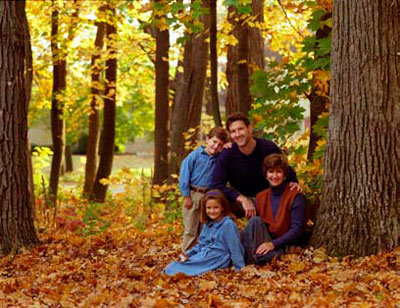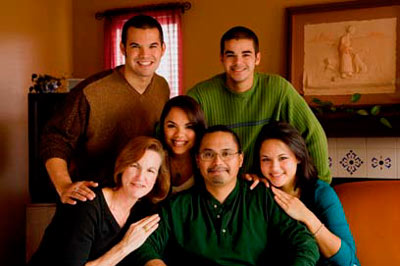articles/Lighting/lightwhatlightrevisited-page1
By Norman Phillips
Light! What Light? - Revisited - part 1 of
1
Published 01/11/2007

"What I have concluded is that my images have to excite me first, my client second and print judges last"
It seems that lighting in portraiture and wedding photography is an ongoing feature that I am teaching and writing about and it never seems to tire my audience.
As professionals and members of a worldwide and fast growing association SWPP, we have no excuse for creating images that fail to meet standards of professionalism each one of us has to ensure we meet this benchmark. We have to aim for and maintain a standard of professional image creation that sets us apart from those who believe that because they have a digital camera and Photoshop they can represent themselves as professional photographers.
Most of these render clients a disservice and lack the fundamental skill that is the basis of successful wedding and portrait photography and the two elements that cannot be fixed in Photoshop - lighting and posing.
The ability to recognise natural lighting situations when on location is as important, if not more important, as being able to create a lighting set in a studio. "Finding the light" is a first priority when on location or in a client's home. Then add, as needed, a supplementary lighting element to complete the lighting set.
The two examples here show some of the skills we need to succeed.

The family portrait created in the autumn leaves was under the cover of a group of trees so there was virtually no directional light to model the subjects' features. The ambient light illuminating the group was relatively flat, though pleasant. But the image needed a little sparkle. Positioning a portable flash some 10' to the left of the camera and 15' from the subjects produced the desired kicker.
The exposure was calculated to record the ambient light and the flash added a quarter of an f-stop. The distance the flash was positioned was important. The angle to the subjects produced the desired modelling and the distance from the group ensured that the flash covered the full width of the scene so that it would look natural.
The indoor family portrait was primarily lit by windows to the right of camera. To more evenly light the group they were positioned at a 30-degree angle from the wall behind them, allowing the window behind and to the right of camera to light the group with a fall-off of ¼ of an f-stop. To compensate for this fall-off, a 42" white reflector was placed on the floor in front of the very white-skinned figure at our left and 42" silver reflector was positioned at 45-degrees from the group and to the left of the camera.
Also important was the placement of the figure at our left so that the potential of "blowing out" her skin tones was avoided. The end result is a very pleasant family portrait, nicely lit, in an attractive composition.
These two examples are the result of learning to see light and knowing what is needed to create images that will meet the standards our clients are entitled to expect. Nothing less is acceptable.
You are currently on page 1
1st Published 01/11/2007
last update 09/12/2022 14:56:01
More Lighting Articles
There are 2 days to get ready for The Society of Photographers Convention and Trade Show at The Novotel London West, Hammersmith ...
which starts on Wednesday 14th January 2026





